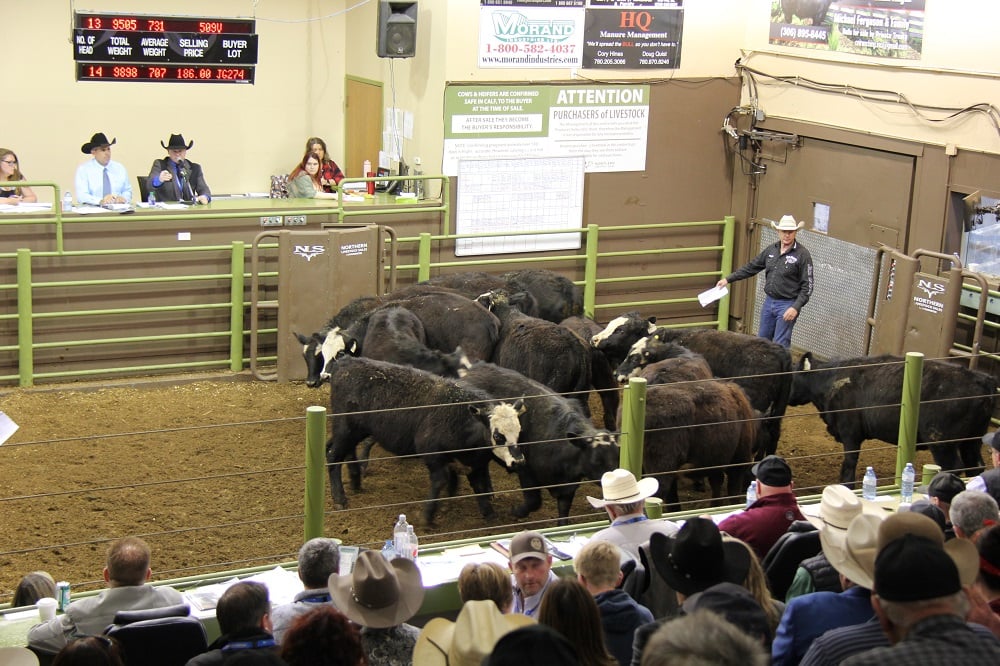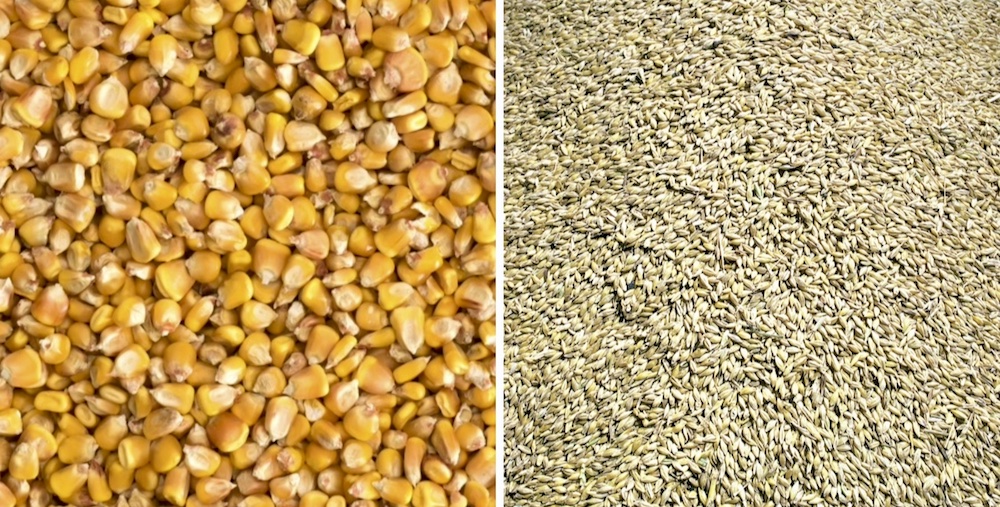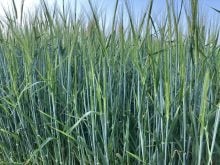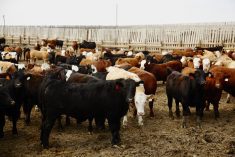Feedlot operators and feed grain traders are focusing on new crop production. The USDA held their annual Agriculture Outlook Forum on February 27 and they expect U.S. farmers to increase corn planted area by 3.4 million acres. In Canada, traders and government analysts are expecting a year-over-year increase in barley acres from three per cent to as much as 12 per cent. However, many variables can influence seeding intentions and yields. In Western Canada, weather patterns tend to move in 18-year cycles and 2007 was a drier year.
During the 2007-08 crop year, wheat and coarse grain prices traded at historical highs. Remember that barley and corn prices during the 2024-25 campaign were trading near or at five-year lows. The feed grain outlook is more important than ever with feeder cattle prices at historical highs.
Canadian barley stocks are expected to drop near historical lows at the end of the 2024- 25 crop year. Statistics Canada Stocks Report had barley supplies, as of December 31, 2024 down 500,000 tonnes from last year. Stocks report data confirms the 2024 production level and indicates the amount of barley used for feed.

Barley used for feed during the first five months of the 2024/25 crop year was slightly lower than year-ago levels. Barley exports have been exceeding year-ago levels but off-shore movement will likely slow. Export offers from Canada are premium to Australia, Black Sea and European offers. We’re expecting the 2024-25 ending stocks to finish near 656,000 tonnes, down from both the 2023/24 carryout and the 10-year average. At press time, feed barley in southern Alberta was discounted to imported U.S. corn values. This will likely change later in the crop year due to tighter barley stocks. We’re expecting a spring barley rally so that Alberta barley prices trade at a $10 to $15 premium to imported U.S. corn.
Read Also

Cattle Market Summary
Break-evens, cow and calf prices, plus market summaries courtesy of Canfax and Beef Farmers of Ontario. Cost of Production October…
For the 2025-26 crop year, we’re expecting barley acres to increase by 7.7 per cent to 6.9 million acres. Input costs for barley are lower than other grains and barley tends to yield better than other major crops in drier years. Using a traditional abandonment rate and a 10-year average yield of 65 bu./ac., Canadian barley production is expected to reach 8.8 million tonnes, up from the 2024 crop and similar to the 10-year average.
We’re expecting Canadian barley demand to finish near average levels for the 2025-26 crop year. This would result in a carryout of 776,000 tonnes, still down from the 10-year average. The market cannot afford a crop problem, and will be very sensitive to yield developments during the growing season.
The USDA’s outlook for corn was somewhat bearish for the corn market but there are caveats to the projection. U.S. corn ending stocks for the 2024-25 crop year are projected to come in at 39 million tonnes, down from the 2023-24 carryout of 45 million tonnes and similar to the five-year average, which is around 39 million tonnes. The market is dependent on the upcoming crop to replenish supplies.
The USDA had 2025 acreage at 94 million, up 3.4 million acres from 2024. Using a traditional abandonment rate and a trend yield of 181 bu./ac., production was projected to reach 396 million tonnes, up from the 2024 crop (378 million tonnes) and five-year average (365 million tonnes). U.S. corn yields have not reached trend for six years.
During the 2024 growing season, the U.S. experienced near-perfect conditions and yields were 179.3 bu./ac. We’re expecting an average yield of 176 bu./ac. for the 2025 crop. This would result in a 385 million tonne crop and we believe this is more realistic, given weather patterns to date. Using the USDA demand projection, we expect U.S. corn carryout for the 2025-26 crop year to finish near 39 million tonnes, which is in line with the five-year average. A carryout near the five-year average will result in five-year average prices. We’re looking for the corn market to rally $1/bu. during the spring as the market incorporates a risk premium due to production uncertainty.
Much of the Midwest has received below-normal precipitation over the past six months. The weather trend indicates drier conditions.
Both Canadian barley and U.S. corn markets will be extremely sensitive to weather conditions and yield projections. The world coarse grain market cannot afford a crop problem in North America. If adverse weather does materialize, we could see sharply higher feed grain prices, which would weigh on the feeder cattle market.

















